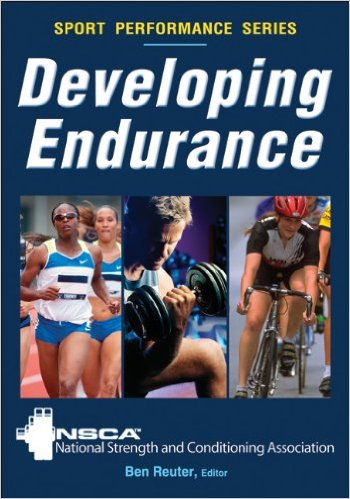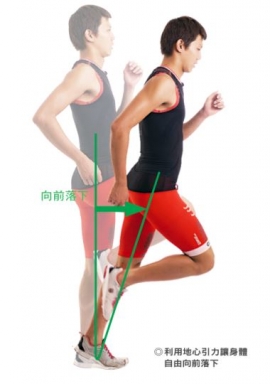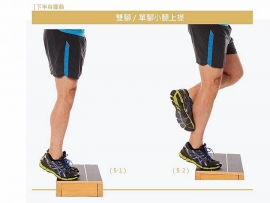在 Competitor 网站上有一篇文章“The Crunchless Core Workout For Runners (针对跑者的非卷腹核心训练)”,在看文章之前,山姆先补充一下,除了不建议做仰卧起坐之外,也愈来愈多人支持不要做“卷腹(Crunch)”,而选择透过“抵抗动作发生”的方式来进行核心训练。文章一开始是先提供一些科学的研究,原文可以自行阅读:
A prospective study in Clinical Biomechanics (Noehren et al., 2007) looked at lower extremity kinematics and kinetics in groups of novice female runners who either did or did not develop iliotibial band syndrome. Based on their findings, the authors suggest that “interventions should be aimed at improving the strength and neuromuscular control of the hip” as those who developed iliotibial band syndrome showed compromised hip and knee kinematics when running. However, a systematic review in the Sports Medicine journal (van der Worp et al., 2012) point out that other factors may be at play, such as muscle compliance, footwear type and running surface. Regardless, the consensus states that hip strengthening should play an important role in ITBS prevention and rehabilitation.
Research in the Journal of Clinical Biomechanics (Snyder et al., 2007) found closed chain (standing) hip strengthening exercises not only increase hip strength in novice female runners, but also alter lower extremity joint loading when running. The authors postulate these results may reduce injury risk and improve a runner’s durability. In addition, Fredericson and Moore (2005) report that “weakness or lack of sufficient coordination in core musculature can lead to less efficient movements, compensatory movement patterns, strain, overuse and injury,” thus, further driving the importance of strength training sessions in a runner’s weekly routine.
Most times though, just reading the research abstract doesn’t paint you the complete picture regarding the scientific findings. For example, a recent study from the Journal of Science and Medicine in Sport (Koblbauer et al., 2013) examined running kinematics during fatigued running in novice runners and found that “core endurance measures displayed unexpected relations with running kinematics,” meaning that those who displayed better core endurance performance exhibited larger trunk kinematic changes when running in a fatigued state. However, the authors point out that the static core endurance tests may not completely reflect the dynamic core stability function of the trunk while running and further state that further research is needed to determine the relationship between isometric core endurance measures and running kinematics.
A recent study from the Journal of Strength and Conditioning Research (Gottschall et al., 2013) examined the difference between isolation-type core exercises, like crunches, and compared them to integration-type core exercises that incorporated distal trunk muscle activation, like the pushup plank with alternating knees (listed below as a recommended exercise). The researchers found greater core muscle activation during the integration-type exercises and concluded “an integrated routine that incorporates the activation of distal trunk musculature would be optimal in terms of maximizing strength, improving endurance, enhancing stability, reducing injury, and maintaining mobility.”
无论如何,在跑步过程中,维持稳定躯干及骨盆的能力是非常重要的,可以将不必要的动作及减到最低。这些“额外”动作或是代偿动作将导致能量浪费与竞赛表现降低,更糟的是,可能过度使用而受伤。接着,介绍以下五个动作来改善核心及骨盆的稳定度,同时提供整体的肌力:
【Dead Bug For Runners】
改善核心稳定度。保持下背贴于地面,手脚就像是在进行跑步。进行3组,每组60秒。
【Pushup Plank With Alternating Knees】
改善核心稳定度。进行3组,每组进行60秒。
【Glute Bridge With Marching】
改善髋关节肌力并增加骨盆及腰椎的稳定度。。进行3组,每组进行60秒。
【Offset Reverse Lunge】
增加下肢肌力,并且改善平衡及协调性,同时提升骨盆及核心的稳定度。每边进行8~12次,总共进行2~3组。
【Staggered Stance Offset Romanian Deadlift】
增加下肢肌力,并且改善平衡及协调性,同时提升骨盆及核心的稳定度。每边进行8~12次,总共进行2~3组。




